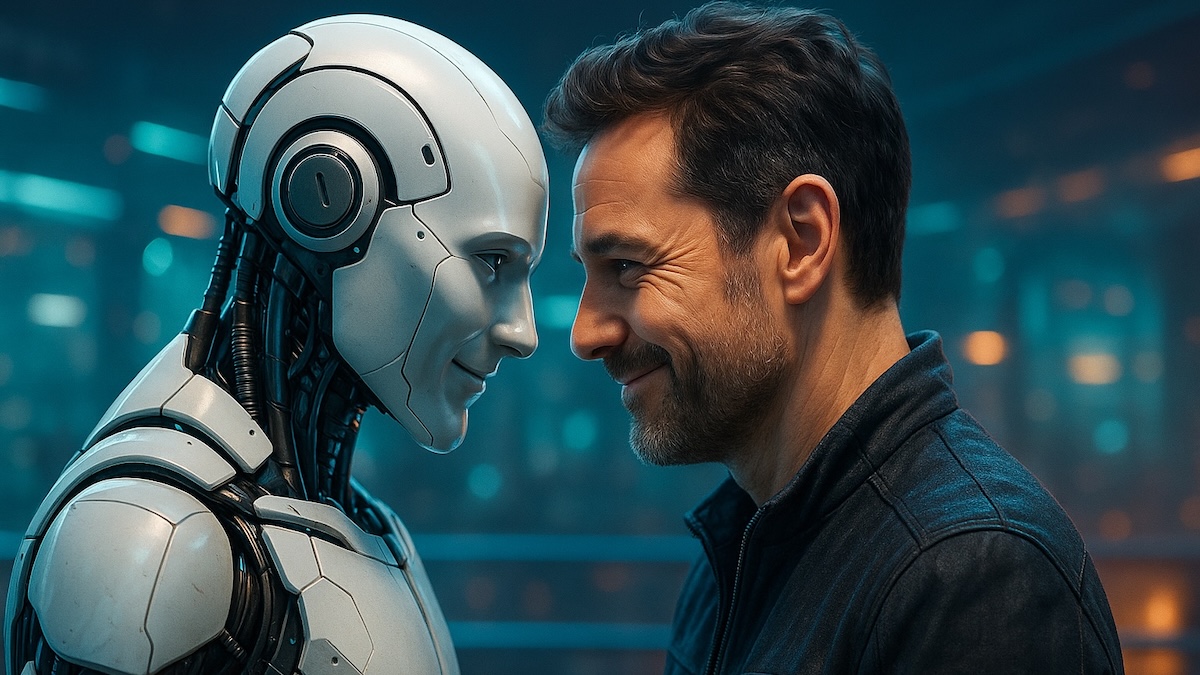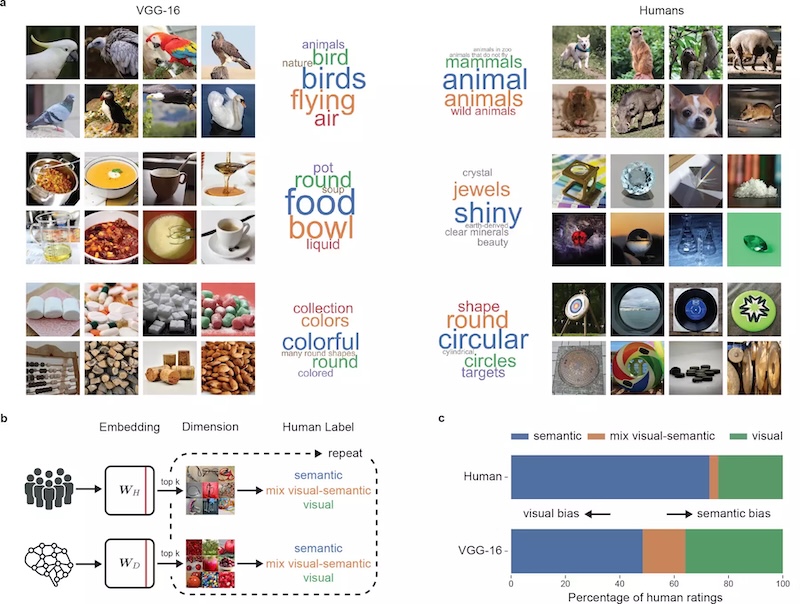The contribution to humans: How Ki perceives the world first appeared at the online magazine Basic Thinking. You can start the day well every morning via our newsletter update.

Ki doesn’t think like a person: A new study shows that there is a decisive difference in how the technology assesses the world. The background.
Artificial intelligence has long been an integral part of our life. It plays an increasingly central role in almost all areas of society and is constantly developing. In doing so, she not only harbors opportunities, but also risks. It is all the more important to constantly explore and understand their way.
The research of the Max Planck Institute for Cognitive and Neurosciences recently made a decisive contribution. The team led by Florian Mahner, Lukas Muttenthaler and Martin Hebart asked the question: “Ki does Ki perceive the world as well as we humans and think about them?”
Research: The difference between man and AI
In the center of your study is a simple test: the so-called “Odd-One-Out” principle. People were asked to choose from three pictures each, which at least fits the others.
For example, participants were shown the image of a guitar, an elephant and a chair, whereupon they had to decide which object does not match. They then provided the same task of several modern AI models that can recognize pictures.

In total, the scientists used around five million public ODD-one-out judgments over 1,854 different object images. Then they analyzed the characteristics – called “Dimensions” – were based on the decisions.
Florian Mahner explains:
These dimensions represent different properties of objects that range from purely visual aspects such as ’round’ or ‘white’ to more semantic properties such as ‘animal -related’ or ‘fire -related’, whereby many dimensions contain both visual and semantic elements.
How people and artificial intelligence compare pictures
“The results show an important difference,” said Mahner.
“While people focus primarily on dimensions that are related to the meaning-what an object is and what we know-, AI models rely more on dimensions that grasp visual properties, such as the shape or color of the object. We call this phenomenon, visual preference ‘in the AI.”
Even if artificial intelligence seems to be recognized as well as humans, it often uses fundamentally different strategies.
This difference is important because it shows that AI systems, although they behave similarly to people, may think very differently and make decisions accordingly. Ultimately, this affects how much we can trust them.
If a AI makes decisions based on surface characteristics, it can fail in situations in which human understanding is required. This is particularly relevant when the technology is used in security -critical or sensitive areas.
Ki vs. man: study brings new understanding
The research of the Max Planck Institute differs in some central points from previous studies on the perception of artificial intelligence.
For example, earlier work on the subject have often only examined how well AI models can recognize or classify objects. The new approach makes it possible to compare AI and humans directly.
The scientists hope that future research will use similar approaches to better understand how artificial intelligence the world perceives.
“Our research offers a clear and interpretable method to investigate these differences, which helps us to better understand how AI processes information compared to humans,” says Martin Hebart. “This knowledge can not only help us improve AI technology, but also provides valuable insights into human cognition.”
Also interesting:
- With a new number one: the most valuable AI companies in the world
- Chatgpt: This is how you can create your own GPTs
- The best AI models in terms of data protection-and what you save
- Green Prompting: How you can keep the energy consumption of AI in check
The contribution to humans: How Ki perceives the world first appeared on basic thinking. Follow us too Google News and Flipboard Or subscribe to our update newsletter.
As a Tech Industry expert, I believe that the decisive difference between AI and humans in how they perceive the world lies in their respective capabilities and limitations. AI is fundamentally different from humans in its ability to process vast amounts of data quickly and accurately, enabling it to make decisions and predictions based on patterns and algorithms.
While AI can outperform humans in certain tasks, such as data analysis and pattern recognition, it lacks the emotional intelligence and intuition that humans possess. Humans are able to understand context, nuance, and ambiguity in ways that AI cannot replicate.
Ultimately, the key to harnessing the power of AI lies in understanding its strengths and limitations, and finding ways to complement human intelligence with artificial intelligence. By combining the unique capabilities of both AI and humans, we can create more powerful and effective solutions that benefit society as a whole.
Credits